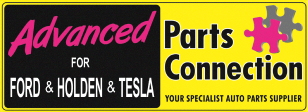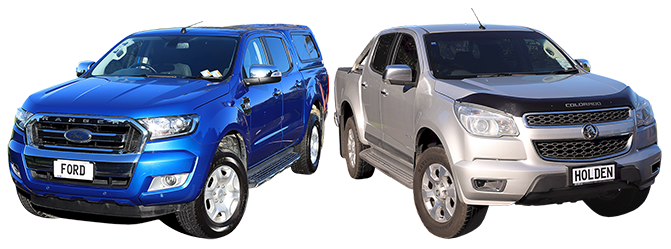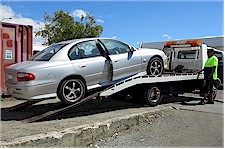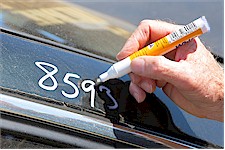Our 12 Step Dismantling Process
What does the dismantling process look like once a vehicle comes to a dismantlers or wreckers yard? It may have ended its life, damaged so it can’t be driven again, written off by the insurance company or become uneconomical to repair. There are many reasons why vehicles end up being dismantled.
We have tried to illustrate for you some of the key processes so you can see what happens with a car once it starts our 12-step vehicle dismantling process This process is accompanied with photos to help explain the journey from the purchase of a vehicle to the dispatch of the vehicle part to our customer.
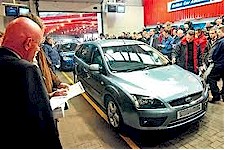 |
| Step 1/ The Purchase. |
The process begins by purchasing a vehicle from any number of different outlets including, vehicle auction companies, garages, private sellers and car yards. We purchase Ford and Holden vehicles based on our historic demand recorded from 40 years of selling vehicle parts to customers.
|
|
Once we are successful in purchasing the vehicle we contact our towing guy and get the vehicle transported to our holding yard. It is here that the vehicle receives its unique number and other documentation. It can now be entered into the database with all the vehicle’s specific details.
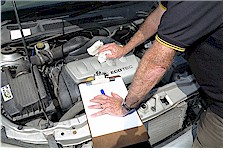 |
| Step 3/ The Vehicle Assessment. |
The vehicle is now ready to be started and run tested by our motor mechanic where all aspects of the vehicle are checked tested and assessed. If the vehicle is damaged we then assess the parts in relation to the damaged area. This information is then transferred to the car report on the database and stays with the vehicle information and parts from that vehicle for as long as the parts are available to be sold from that particular vehicle.
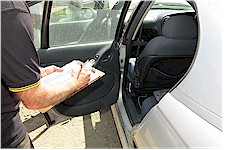 |
| Step 4/ The PD. |
A Pre-Dismantling (PD) sheet is then completed and all the available parts from that vehicle that we want to keep for sale are confirmed and any parts that will go for recycling or scrap are also confirmed. We base this decision on our 40 years of history in dismantling Ford and Holden vehicles.
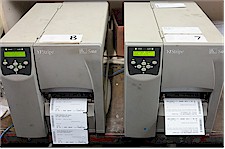 |
| Step 5/ The Parts Tickets. |
With the PD sheet now done we now have a full list of parts that are required from that vehicle. These are sent to the ticket printers and the tickets are printed for the parts to be removed from the car. We use two types of tickets, adhesive or swing tags depending on the type of part and how it’s located in the warehouse.
 |
| Step 6/ Fluid Draining. |
Now that the vehicle has been assessed and the PD completed, the vehicle goes for fluid draining and environment parts removal. Some of the materials that are removed include; degassing of the air con system, all fluids, petrol, oil and battery for recycling.
All the fluids are sent for environment disposal or recycling. (We do this to minimize spillage). Sometimes the petrol or diesel recovered can be used in our own vehicles.
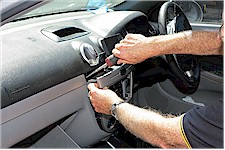 |
| Step 7/ The Pre-stripping. |
All vehicles enter the pre-stripping bay as this is the process that enables parts that are straightforward to be removed before the car goes on the hoist, this includes; most interior parts like seats and trim.
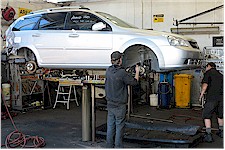 |
| Step 8/ The Dismantling. |
Once the pre-stripping stage is completed the vehicle then moves to the hoist for parts dismantling. This is where all the required parts that are recorded on the PD sheet are removed and married with their barcoded ticket.
 |
| Step 9/ The Warehouse. |
Every vehicle part now carries a unique barcode ticket either tied or adhered to the part. Parts that are ready to be put away are scanned and located onto a warehouse shelf with a unique barcoded location. It is now that the database is updated with all the information for that part and it’s exact location. It is ready for sale to a Ford or Holden customer.
 |
| Step 10/ The Rebuilding. |
In the process of assessing the parts whether at the PD stage, run test, pre-stripping or even in dismantling, (some parts can’t be assessed until you dismantle the vehicle) any part that requires further testing, checking, inspection or even rebuilding is assigned to a holding area so the rebuilding team can check to see what’s required. Once it’s checked it can be rebuilt for sale or assigned to scrap or recycling.
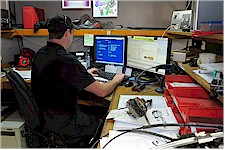 |
| Step 11/ The Sales Room. |
With hundreds of thousands of Ford and Holden vehicle parts on our warehouse shelves our specialist Ford and Holden sales guys are ready for your parts enquiry and with the experience and expert knowledge, our guys will work hard, with your assistance, to find the part that is required for your vehicle.
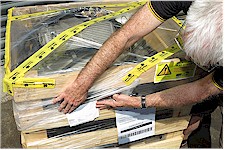 |
| Step 12/ The Despatch. |
Once your vehicle part order is confirmed and the paperwork is completed, our sales guys start the process with the warehouse team of locating, picking and booking the freight or courier. It's then that the dispatch guys package or crate the parts and organise the freight direct to your door.
March 2014
